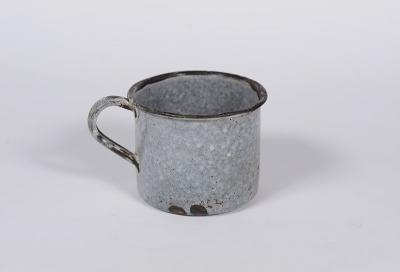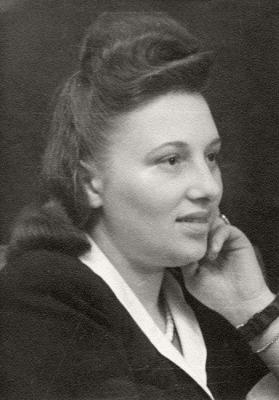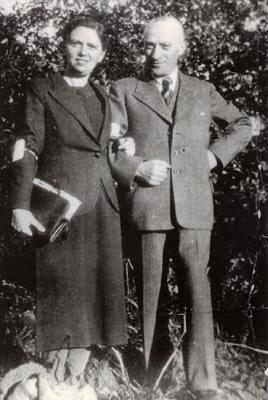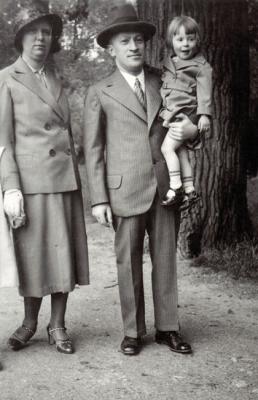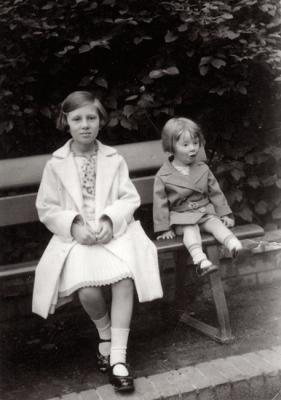Helene Geminder née Gänger was born in Leipzig, Germany at the turn of the century. She married Yedidya Geminder, who had emigrated from Poland, and the couple settled in Halle-an-der-Saale, Germany, where they ran a store. They had two daughters - Lore, born in 1923, and Irene, born in 1929.
In October 1938, the family was deported across the German-Polish border along with thousands of other Jews of Polish citizenship. For a month or so the Geminders were detained in a camp outside Zbaszyn, Poland until the Polish authorities allowed them to return to Yedidya’s hometown - Mielec, Poland.
In September 1939, following the German occupation of Poland, a ghetto was set up in Mielec. Yedidya’s brother-in-law, Reuben Kurz, was appointed a member of the Judenrat and managed for a time to extend a degree of protection to the family, but in March 1942, the Jews of Mielec were deported to various camps.
The Geminder and Kurz families were sent to the Dębica ghetto. Irene relates in her testimony how she became the “breadwinner” of the family by slipping through the fence to the nearby market square and scavenging for food.
When the ghetto was reduced in size in October 1942, the two families managed to hide and avoid deportation, but knew that this was only a temporary solution as only those with work permits were allowed to remain in the ghetto.
Only Helene, a professional typist, and her uncle were able to obtain the permits. The others were forced into permanent hiding.
Irene, who looked “Aryan”, spoke Polish, and was very resourceful, made her way back to Mielec. She found refuge in the home of Polish former neighbors, and hid in their chicken coop for two years until the liberation.
Lore and her cousin smuggled themselves into a labor camp that was set up in the Mielec area. A week later Yedidya Geminder, his sister Feige Kurz and her daughter Esther were caught attempting to smuggle themselves into the same camp and shot on the spot.
Helene remained in the Dębica ghetto until it was liquidated, the remaining inhabitants being sent to the Plaszow camp. Helene joined the group of typists who worked in the office of the camp’s notorious commander, Amon Goeth. Helene’s daughter Lore arrived in Plaszow later on, and the two were reunited.
Thanks to her typing job in the office, when Helene heard that Oskar Schindler was planning to move his factory and workers to Brünnlitz, she was able to add her name and Lore’s to Schindler’s list as well as the name of her friend Regina. The three “Schindlerjuden” thus survived.
After the war, Helene and Lore returned to Mielec to find Irene, only to discover that she had moved with the Poles who hid her to Poznan, where she was happily leading life as a Polish Catholic member of the family. After much supplication, Lore eventually persuaded Irene to leave, and together the three women made their way to Germany.
In 1947, Irene was sent to study in the United States. Helene married her brother-in-law, Heinrich Padawer (who had been married to Yedidya’s sister, Scheindel who was murdered in the Stutthof camp) and the couple immigrated to the United States in 1949.
Helene Geminder-Padawer passed away in 1972 in the United States.
The cup - that Helene Geminder always called a “pot” - was donated to Yad Vashem by her daughter Irene.
Yad Vashem Artifacts Collection
Gift of Prof. Irene Eber, Jerusalem, Israel




